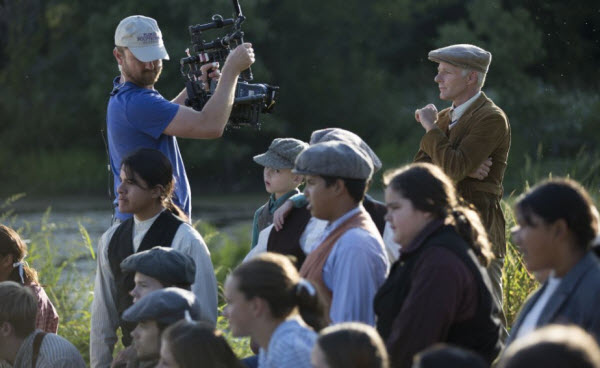Extras, also known as background actors or supporting actors, play a crucial yet often overlooked role in films, television shows, stage plays, and operas. Typically, they appear in the background, either silent or with minimal dialogue, and are seen as part of a crowd or as passersby in a busy street. Despite the seemingly minor nature of their roles, extras are indispensable for adding realism to scenes. They are frequently employed in large numbers in war films and epics, where their presence may reach hundreds or even thousands. This necessitates significant production resources to provide costumes and props for such large groups.
The criteria for selecting extras depend on the production, and it is not entirely accurate to say that background actors lack acting talent. While their roles are supplementary and do not influence the core elements of a scene, it is essential for them to have some acting experience. Any unrealistic performance can negatively impact the scene. Additionally, punctuality and reliability are crucial attributes for these actors, and they are generally chosen within a short time frame after all other production preparations are completed.

To cast numerous extras, many agencies specialize in their recruitment and assembly. Some of these agencies charge registration fees and may require artists to submit a one-page resume detailing basic personal information and relevant skills, such as combat training. Along with the resume, two photographs are usually required—one of the actor’s head and one full-body shot. When hiring extras, directors typically look for individuals with specific appearances to suit the scene’s context, such as high school students or wealthy elderly individuals. Directors might also seek extras with special skills for particular scenes, such as ice skating, cycling, or dancing. Extras are often expected to bring their own wardrobe, such as police uniforms, and may be hired collectively.
The length of an extra’s employment depends largely on the director’s needs and the nature of the scenes being filmed. Some extras may be required for just a day or two, receiving daily wages, while others may be employed for extended periods. For instance, in James Cameron’s film Titanic, a group of 150 extras was hired to portray passengers on the ship and was employed throughout the filming process.

In the United Kingdom, the distinction between an actor and an extra is defined by agreements between actors’ unions and various trade and production bodies. According to these agreements, if a performer speaks 13 or more words in any scene, they must be classified as a contracted actor for that production. Their pay rates are determined by the UK’s minimum wage regulations, typically involving an agreed-upon daily rate for a ten-hour workday. In the United States, producers affiliated with the Alliance of Motion Picture and Television Producers are permitted to hire non-union extras, which is advantageous because non-union extras are usually paid minimum wage, unlike their union counterparts. If a producer fails to pay extras, it is considered a violation of state and federal minimum wage laws.
Given the importance of this profession in the film industry, it has been highlighted in various works. Charlie Chaplin addressed the role of extras in three of his early comedy shorts: The Masquerader (1914), His New Job (1915), and Behind the Screen (1916). Additionally, the silent film The Extra Girl (1923) tells the story of a small-town girl who moves to Hollywood and becomes an extra in her quest for stardom.
